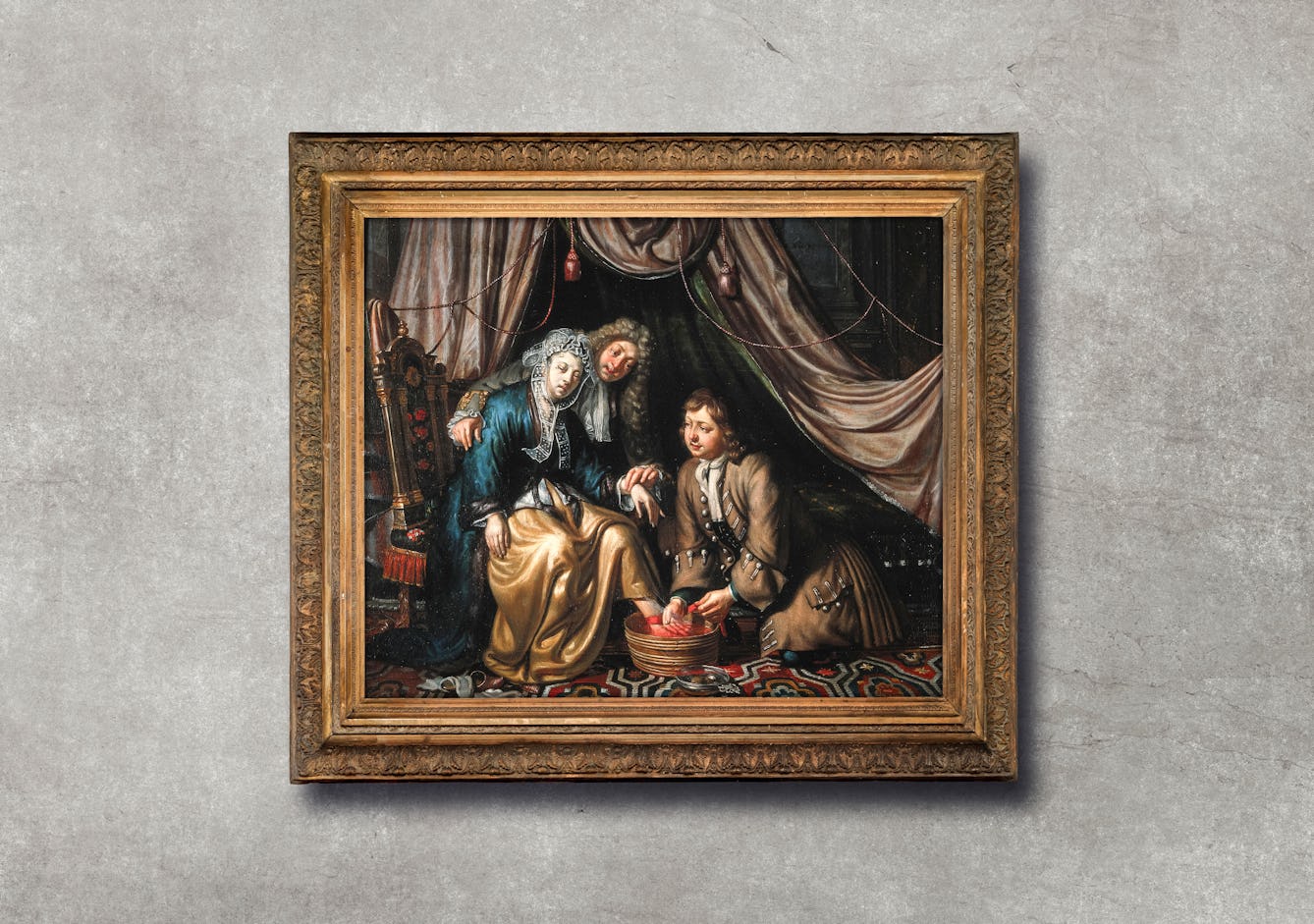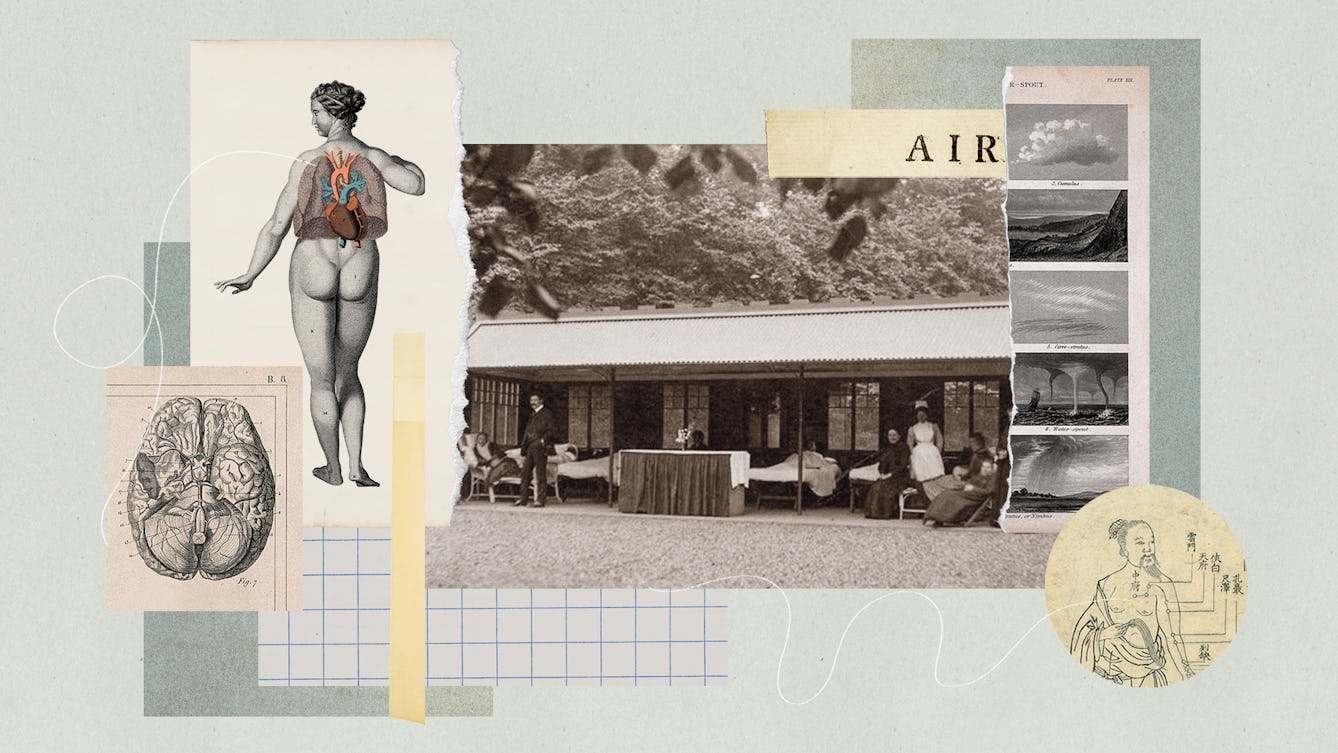Stories

- Article
My mother, and metaphors of a pandemic
A pandemic. Two members of one family, living thousands of miles apart. And months of calls and messages that helped them grow closer.

- Article
Bleeding healthy
For thousands of years, and in many different cultures, people have practised bloodletting for health and medical reasons. Julia Nurse explains where and when bleeding was used, how it was done, and why.

- Long read
The ambivalence of air
Daisy Lafarge investigates the effects of air quality and pressure on body and mind, exploring air as cure, but one with contradictions.

- Long read
Our complicated love affair with light
Sunlight is essential, but our relationship with artificial light is less clear cut. It expands what’s possible; it also obscures and polices. In this long read, Lauren Collee pits light against night, and reveals the shady places in between.
Catalogue
- Journals
Journal of traditional Chinese medicine = Chung i tsa chih ying wen pan / sponsored by All-China Association of Traditional Chinese Medicine, Academy of Traditional Chinese Medicine.
Date: [1981-]- Books
Advanced textbook on traditional Chinese medicine and pharmacology / [State Administration of Traditional Chinese Medicine and Pharmacy].
Date: [1995-]- Books
Concise traditional Chinese gynecology / compiled by Nanjing College of Traditional Medicine, China.
Date: 1988- Books
- Online
World Century Compendium To TCM - Volume 1: Fundamentals Of Traditional Chinese Medicine.
Et, Wu Hong-Zhou.Date: 2013- Books
Report to ministers from the Department of Health Steering Group on the Statutory Regulation of Practitioners of Acupuncture, Herbal Medicine, Traditional Chinese Medicine and Other Traditional Medicine Systems Practised in the UK.
Date: [2008]









